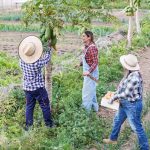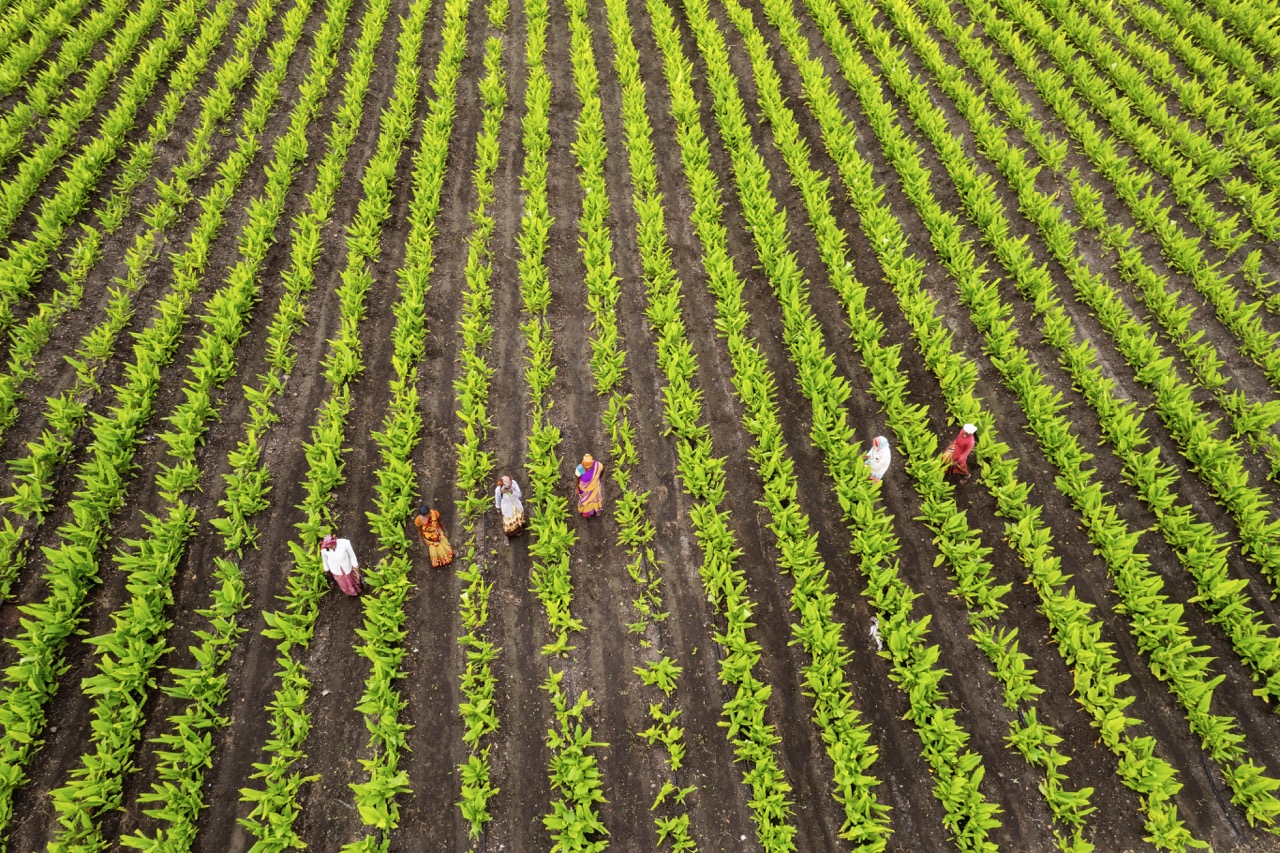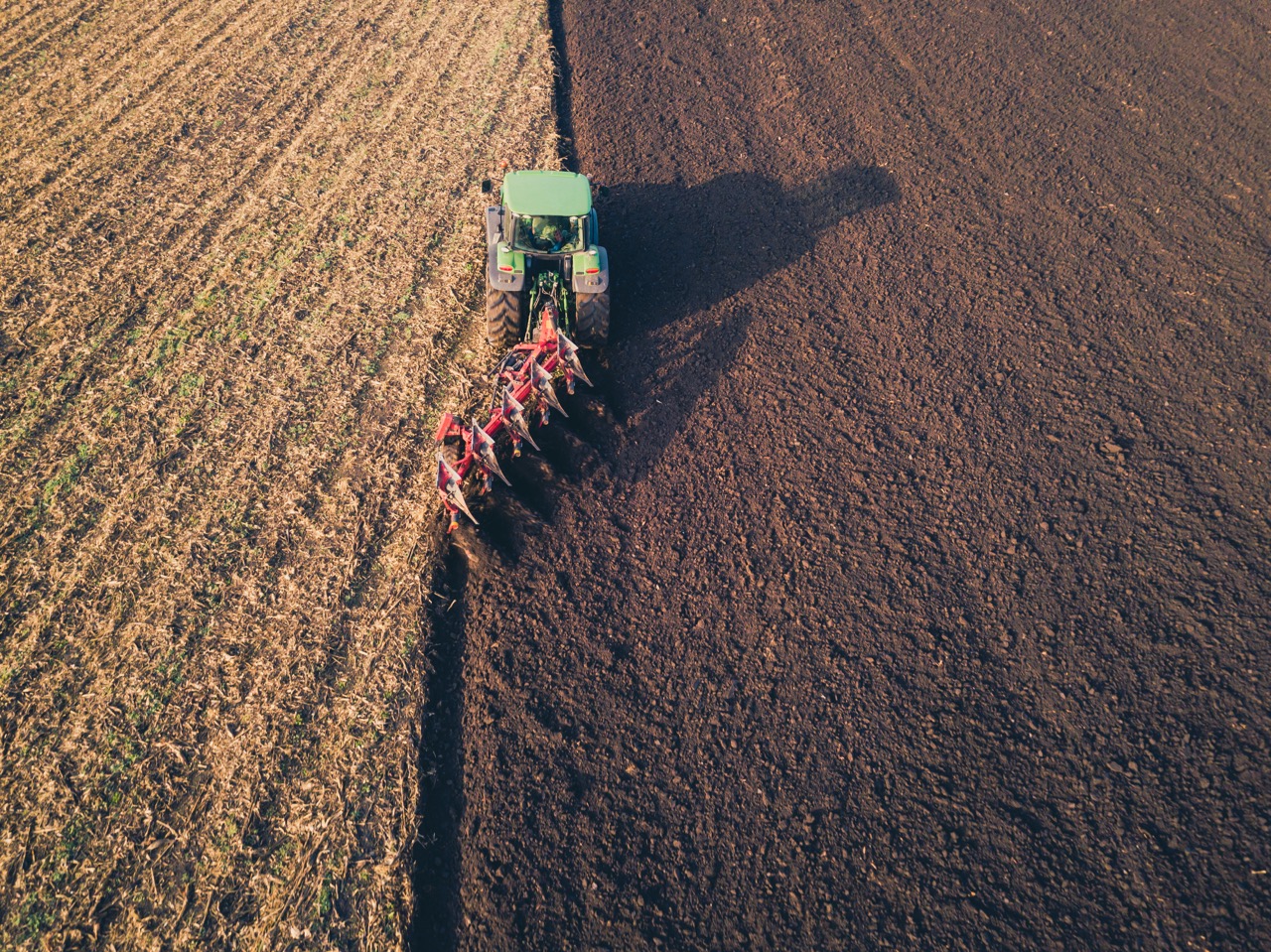In the intricate world of agriculture, the relationship between landowners and sharecroppers plays a pivotal role in determining the success of farming operations. These partnerships, often formed out of necessity, can lead to mutually beneficial arrangements when nurtured thoughtfully. However, the dynamics of these relationships are complex, influenced by economic, social, and legal factors. This article explores how long-term relationships can be fostered between landowners and sharecroppers, focusing on trust-building strategies, necessary legal frameworks, and successful case studies that illustrate effective partnerships in today’s agricultural landscape.
Understanding the Dynamics of Landowner-Sharecropper Relationships
The relationship between landowners and sharecroppers is historically rooted in agricultural practices where landowners provide land while sharecroppers manage the cultivation and harvest in exchange for a share of the profits. This system can flourish or flounder based on the underlying dynamics, which are often affected by issues of power imbalance and economic vulnerability. Landowners may hold significant leverage due to their ownership of resources, while sharecroppers often face challenges such as limited access to capital and market instability. Understanding these dynamics is crucial for both parties to navigate their responsibilities and expectations effectively.
Moreover, socio-economic factors play a significant role in shaping these relationships. Cultural contexts, local economic conditions, and community ties can significantly influence the interactions between landowners and sharecroppers. In many instances, these partnerships are built on deep-rooted community connections and shared histories. Recognizing the emotional and cultural dimensions of their relationships can facilitate better communication and collaboration between the parties involved.
Lastly, trust is a central element in sustainable landowner-sharecropper relationships. Without trust, misunderstandings and conflicts can arise, jeopardizing the profitability of their arrangement. Acknowledging the historical injustices and socio-economic disparities that have often characterized these relationships is essential to build a foundation of mutual respect. By addressing these elements openly, both parties can work towards a more equitable and successful partnership.
Essential Strategies for Promoting Trust and Cooperation
One of the most effective strategies for promoting trust and cooperation is to establish open lines of communication. Regular meetings to discuss goals, progress, and concerns can help both landowners and sharecroppers align their interests. Transparency in operations, such as sharing production data and financial details, fosters a collaborative atmosphere where both parties feel informed and valued. The inclusion of sharecroppers in decision-making processes, such as crop selection and marketing strategies, can empower them and strengthen their commitment to the partnership.
Another critical strategy is to create joint goals and shared incentives. By aligning their objectives, landowners and sharecroppers can cultivate a sense of ownership in the success of their agricultural operations. For instance, implementing profit-sharing models that reward both parties based on performance can promote unity and drive productivity. When sharecroppers feel that their hard work directly translates to financial rewards, their motivation to invest in the partnership increases, ultimately benefiting the landowner as well.
Furthermore, providing educational resources and training opportunities can enhance skills and knowledge on both sides. Landowners can facilitate access to workshops and agricultural extension services that benefit sharecroppers. By investing in the professional development of sharecroppers, landowners not only improve productivity but also signal their commitment to the relationship, fostering long-term loyalty and cooperation.
Legal Frameworks and Agreements for Long-Term Success
Legal frameworks are essential for establishing clear parameters and expectations in landowner-sharecropper relationships. Formal agreements outlining the terms of the partnership—including profit-sharing arrangements, responsibilities, and land use—are vital for preventing disputes. These contracts should be drafted with the input of both parties and reviewed by legal professionals to ensure that they are equitable and comprehensive. A well-defined legal structure contributes to accountability and serves as a reference point for resolving conflicts.
Moreover, understanding the local agricultural laws and regulations is crucial for both landowners and sharecroppers. Familiarity with legal protections, such as tenant rights and land use regulations, can empower sharecroppers while safeguarding landowners’ interests. Legal knowledge can also guide the development of agreements that comply with regional agricultural policies, thereby reducing risks associated with non-compliance and enhancing the longevity of the partnership.
Lastly, periodic review and adjustment of legal agreements are necessary to adapt to changing circumstances, such as market conditions, crop prices, and agricultural practices. By regularly revisiting these contracts, both parties can negotiate modifications that reflect their evolving needs and goals. This dynamic approach to legal agreements fosters resilience and adaptability, which are essential in the face of unpredictable agricultural challenges.
Case Studies: Successful Partnerships in Agriculture Today
Several successful case studies highlight the potential of strong landowner-sharecropper relationships in modern agriculture. In the southeastern United States, a prominent landowner collaborated with local sharecroppers to implement sustainable farming practices. By pooling resources and expertise, both parties increased crop yields while simultaneously improving soil health. This partnership exemplified how shared values and goals, alongside effective communication, can lead to not only financial success but also environmental stewardship.
Another notable example can be found in Brazil, where a landowner partnered with indigenous communities to cultivate land sustainably. This collaboration not only provided economic opportunities for the sharecroppers but also incorporated traditional farming practices that enhance biodiversity. The trust built between the parties was critical in navigating the complexities of cultural differences and ensuring that the partnership benefitted all stakeholders involved. This case underscores the importance of respecting local knowledge while leveraging the strengths of both landowners and sharecroppers.
Finally, in India, a cooperative model has emerged, where landowners and sharecroppers form collectives to negotiate better prices for their produce and share resources. By working together, they have managed to secure fairer market access, reduce costs, and enhance their bargaining power. This collective approach highlights how collaboration and unity can foster sustainable agricultural practices while also uplifting the economic status of sharecroppers. These case studies illustrate that with the right strategies in place, landowner-sharecropper relationships can thrive, resulting in mutual benefit and long-term success.
Building long-term relationships between landowners and sharecroppers requires a nuanced understanding of their dynamics, the implementation of trust-building strategies, and the establishment of solid legal frameworks. Effective partnerships not only enhance agricultural productivity but also contribute to the social and economic well-being of communities involved. By learning from successful case studies and embracing collaborative practices, stakeholders in agriculture can foster relationships that withstand the test of time, ultimately leading to sustainable farming practices and thriving rural economies.









